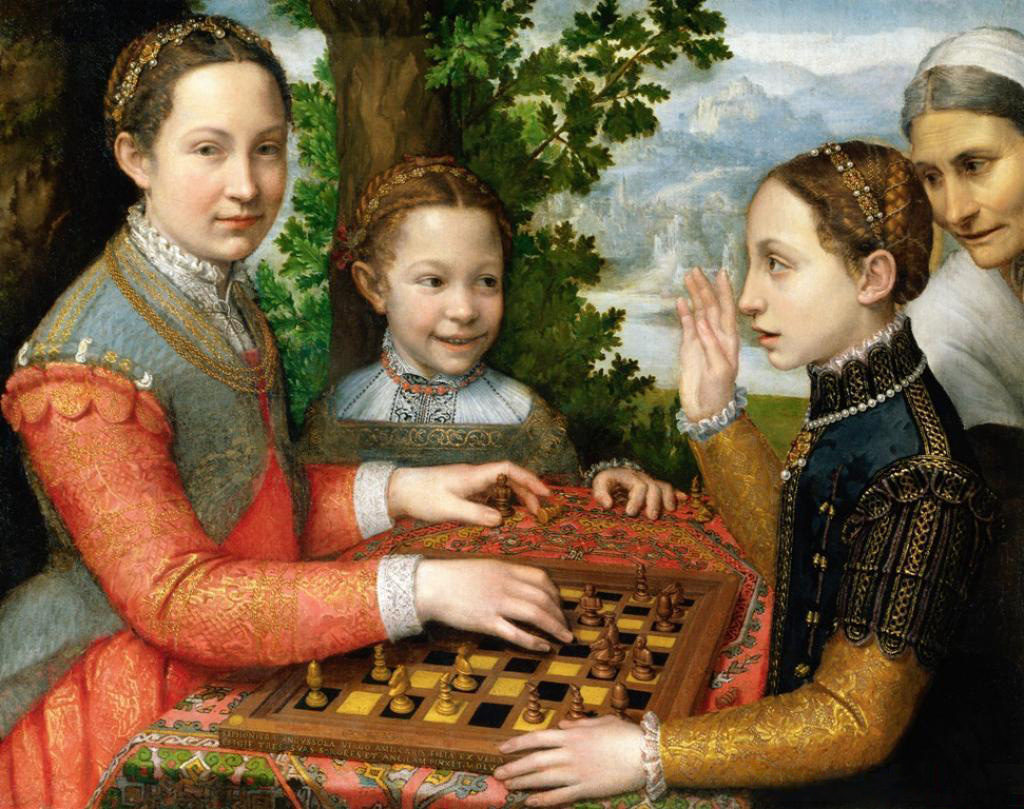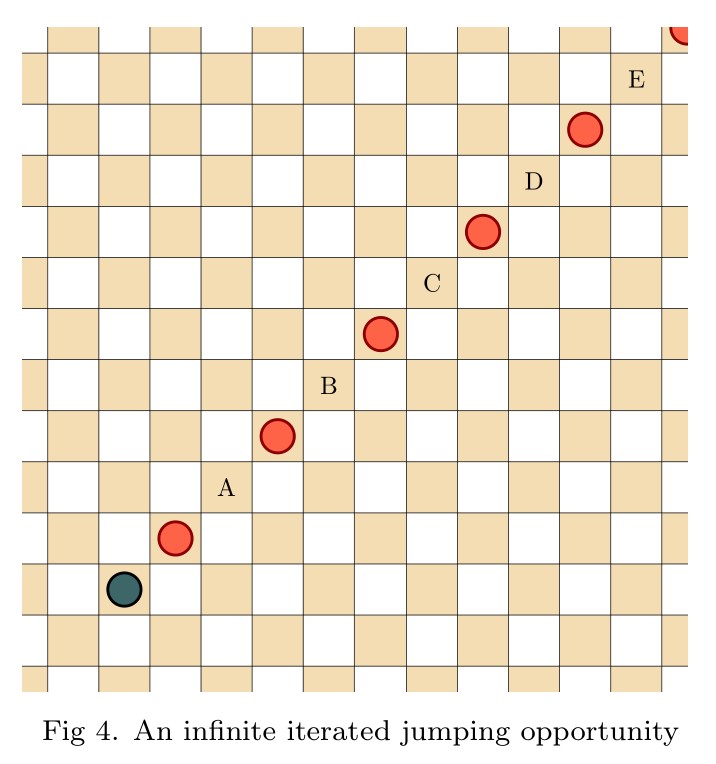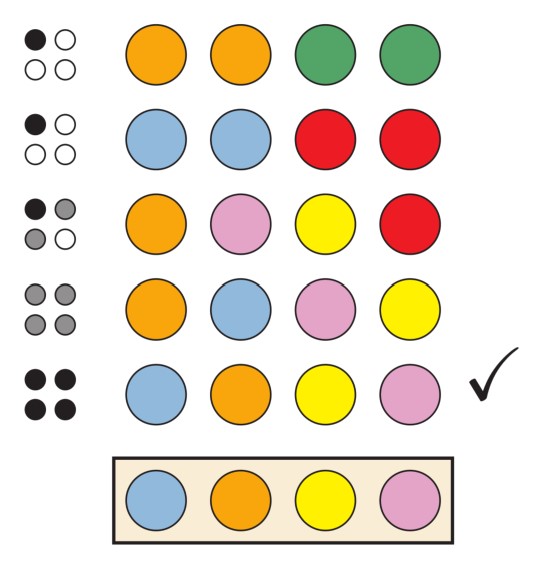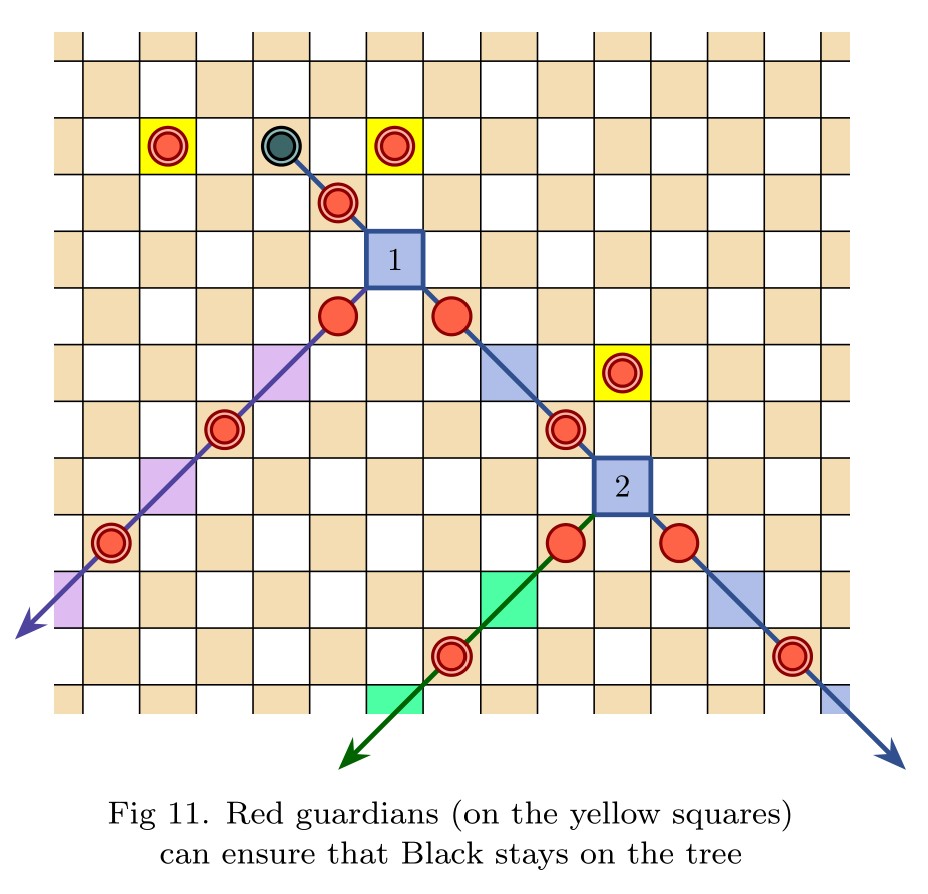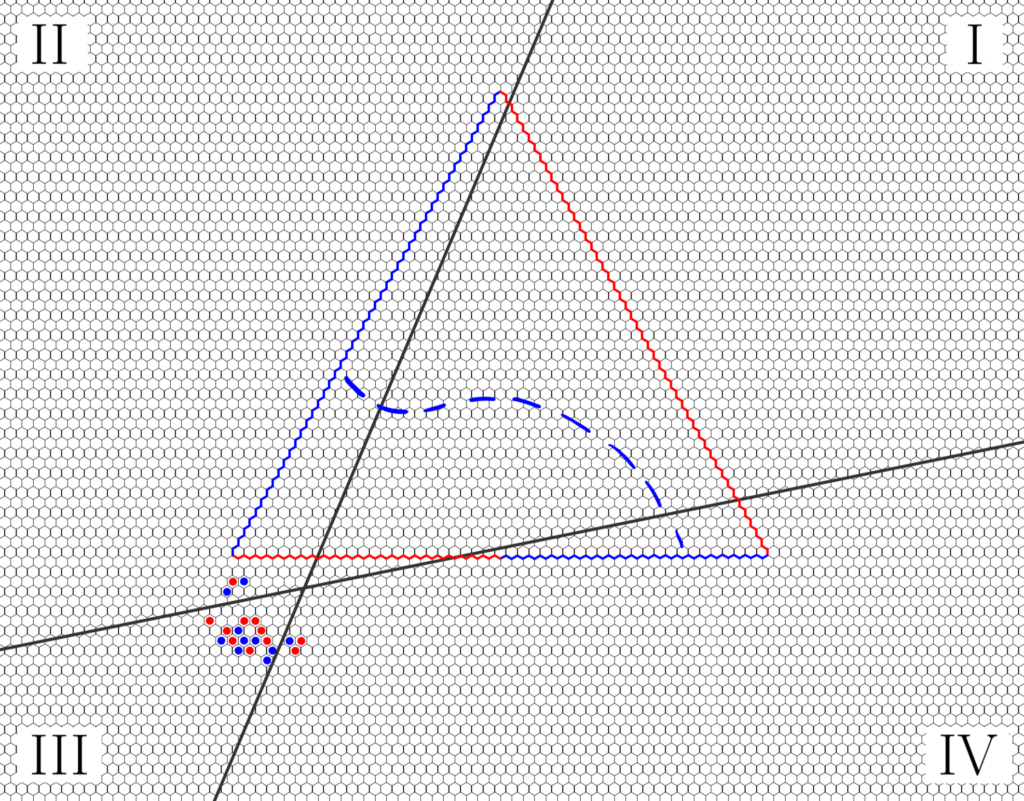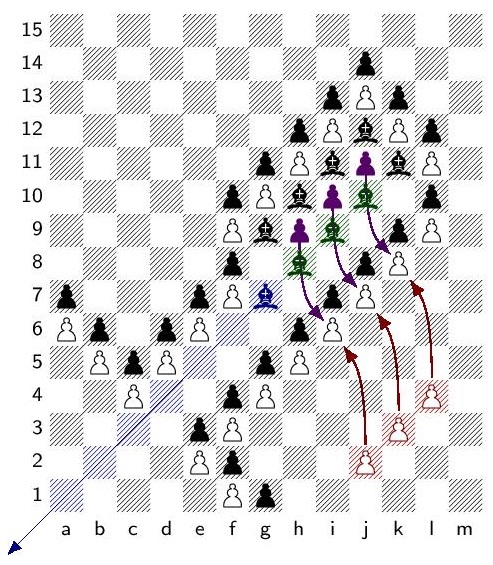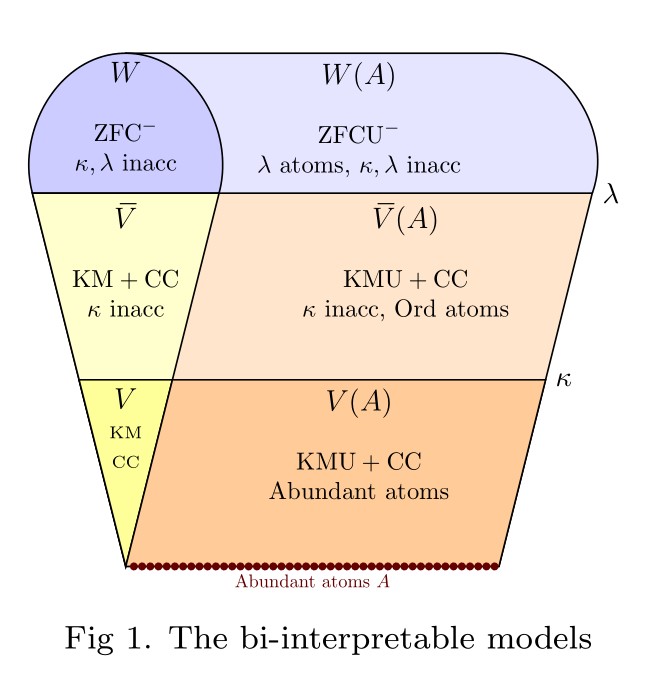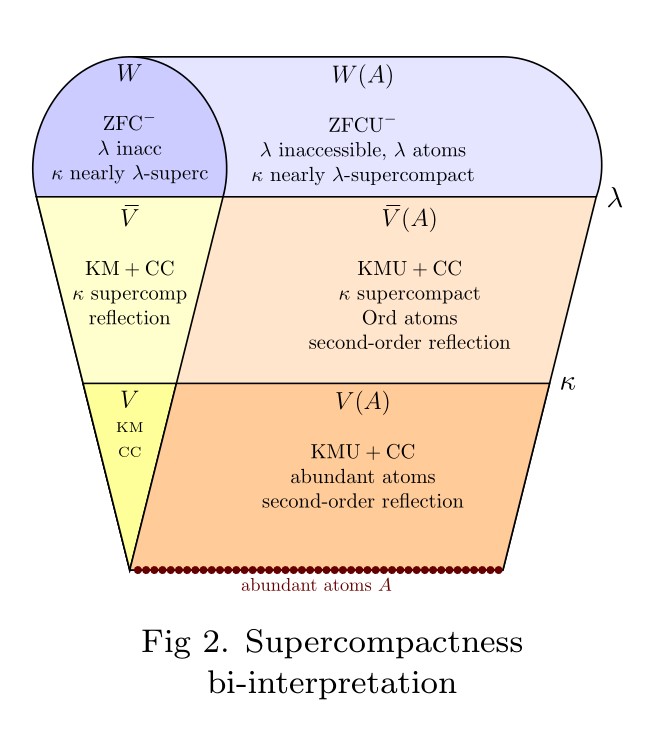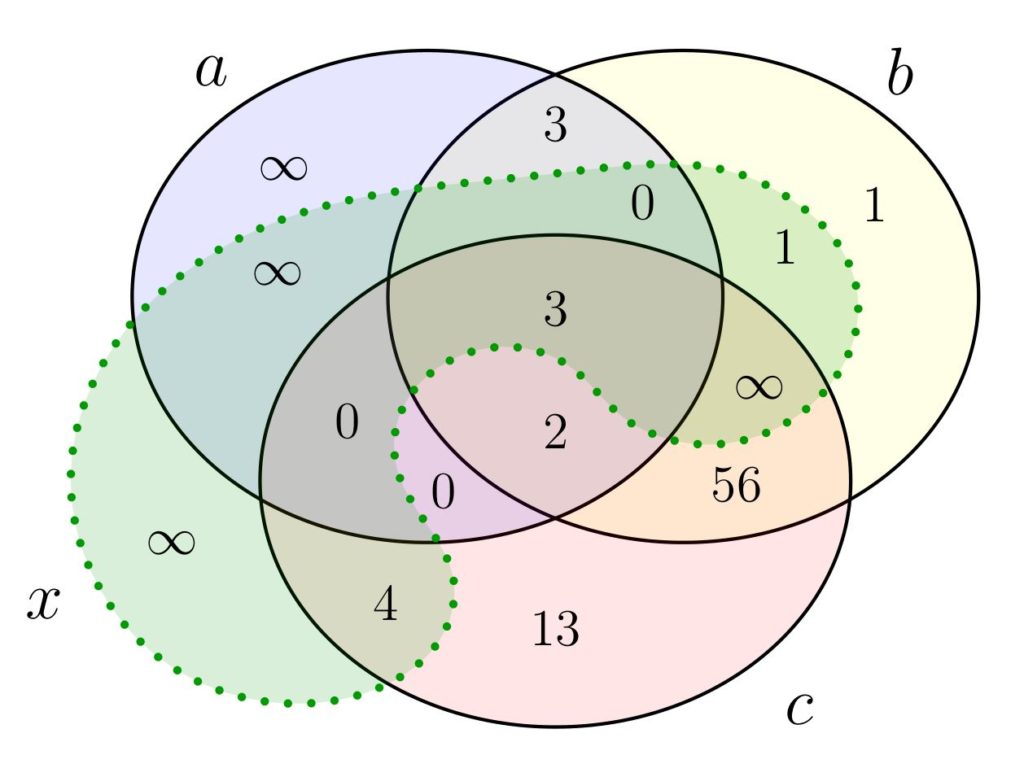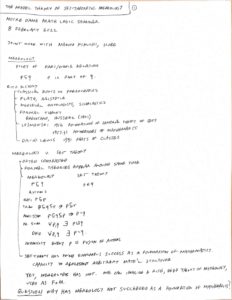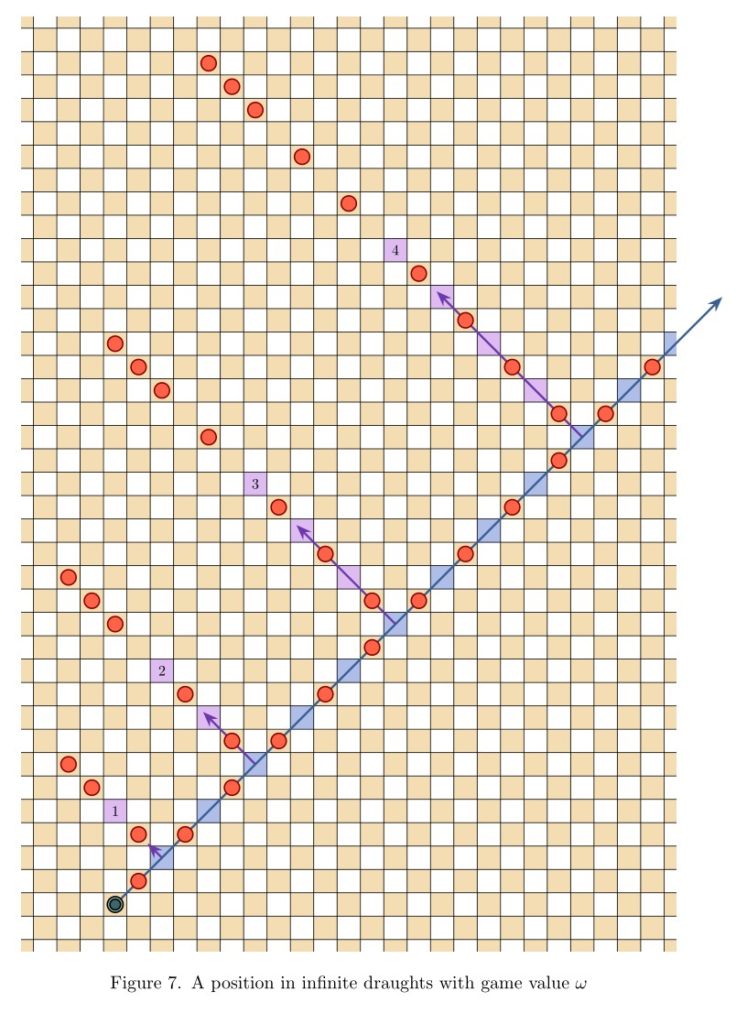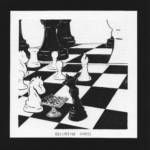This will be a talk for the conference Philosophy of Mathematics: Foundations, Definitions and Axioms, the Fourth International Conference of the Italian Network for the Philosophy of Mathematics, 29 September to 1 October 2022.

Abstract. The standard set-theoretic distinction between sets and classes instantiates in important respects the Fregean distinction between objects and concepts, for in set theory we commonly take the universe of sets as a realm of objects to be considered under the guise of diverse concepts, the definable classes, each serving as a predicate on that domain of individuals. Although it is commonly held that in a very general manner, there can be no association of classes with objects in a way that fulfills Frege’s Basic Law V, nevertheless, in the ZF framework, it turns out that we can provide a completely deflationary account of this and other Fregean abstraction principles. Namely, there is a mapping of classes to objects, definable in set theory in senses I shall explain (hence deflationary), associating every first-order parametrically definable class $F$ with a set object $\varepsilon F$, in such a way that Basic Law V is fulfilled: $$\varepsilon F =\varepsilon G\iff\forall x\ (Fx\leftrightarrow Gx).$$ Russell’s elementary refutation of the general comprehension axiom, therefore, is improperly described as a refutation of Basic Law V itself, but rather refutes Basic Law V only when augmented with powerful class comprehension principles going strictly beyond ZF. The main result leads also to a proof of Tarski’s theorem on the nondefinability of truth as a corollary to Russell’s argument. A central goal of the project is to highlight the issue of definability and deflationism for the extension assignment problem at the core of Fregean abstraction.





